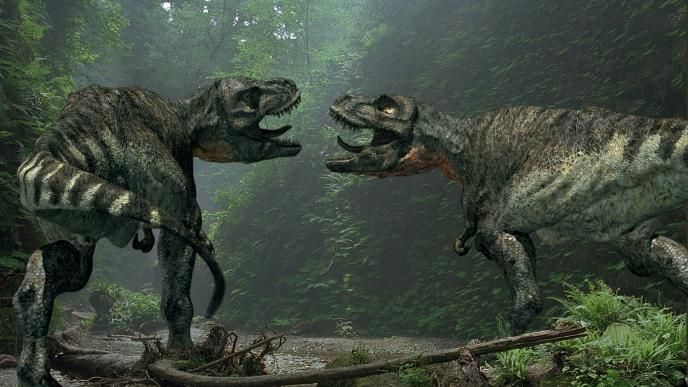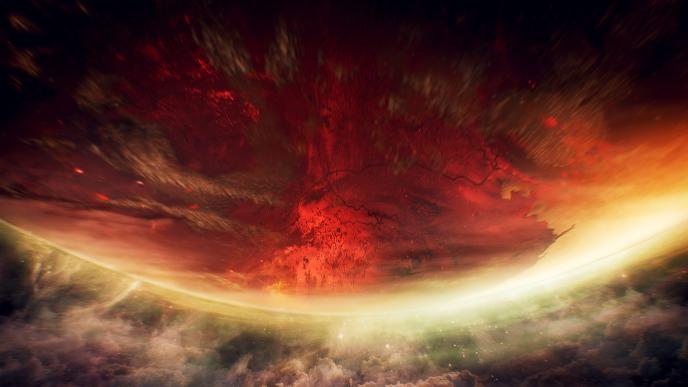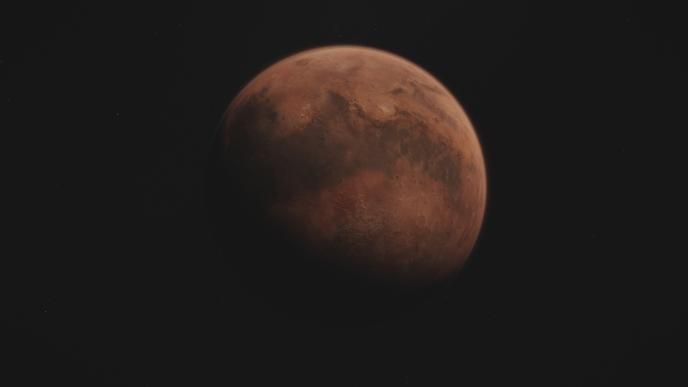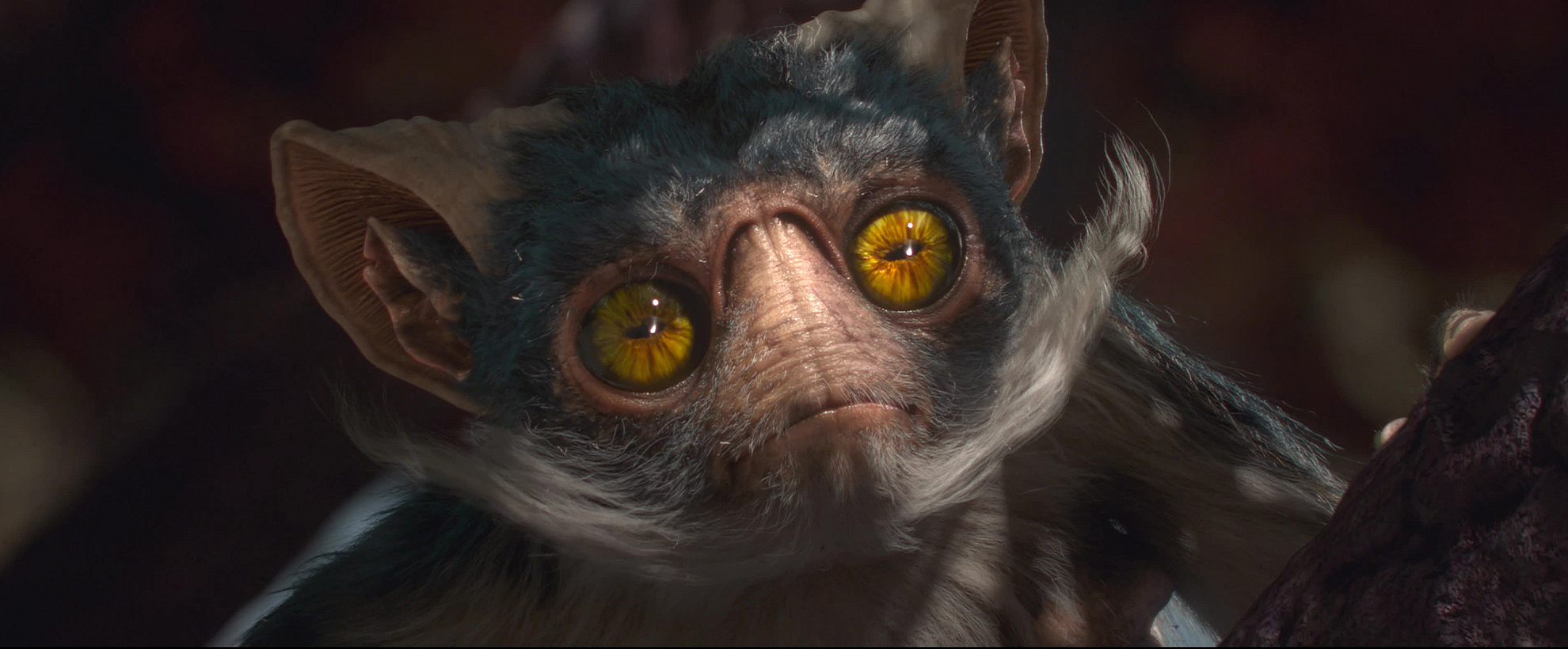
Alien Worlds
Framestore has visualised several fully-CG Alien Worlds for the Netflix speculative natural history series of the same name. The team worked closely with Emmy Award-winning television writer, director and producer Nigel Paterson and Wall to Wall’s executive producer Tim Lambert, who called on the creative studio to bring their expertise in photorealistic creatures and fantasy environments to the project.
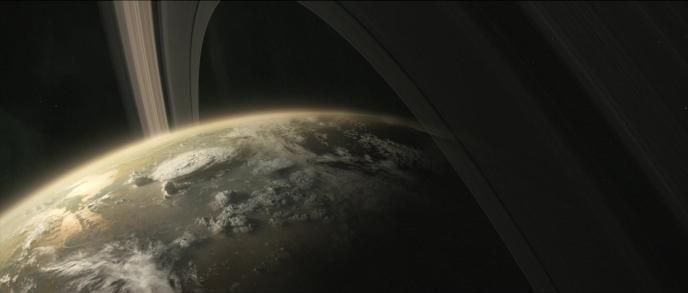
With each 60 minute episode centering around a different planet on which life exists, Framestore had to design and build four completely fictional worlds. This saw the team design a vast array of alien creatures, completely fabricated species of plants and all manner of alien environments. These designs were then brought to life in 30 minutes of full-CG work led by supervisors Richard Thomas, Johannes Sambs and Beau Garcia.
While everything designed and animated for the series was completely fictional, the plausibility of everything had to have a basis in scientific reasoning. The speculative nature aspect of the series meant the project centred around what these planets and life forms could look like if some of the rules of biology, physics and geology that govern Earth were also present on these alien worlds. Bringing all of this into existence for the show is where a close relationship between the Framestore team and the minds behind the series was important.
Simon Wood and Paul Simpson, Framestore’s Creative Directors, worked with Nigel and Tim to define sequences and scenes, storyboarding them out and started to build the first visuals of the different worlds and creatures using different references from the animal kingdom.
‘Tim had written outlines of each episode and together he and I broke those down into beats that I would turn into rough storyboards so the whole team could see where we were headed and what was required.’ said Simon Wood.
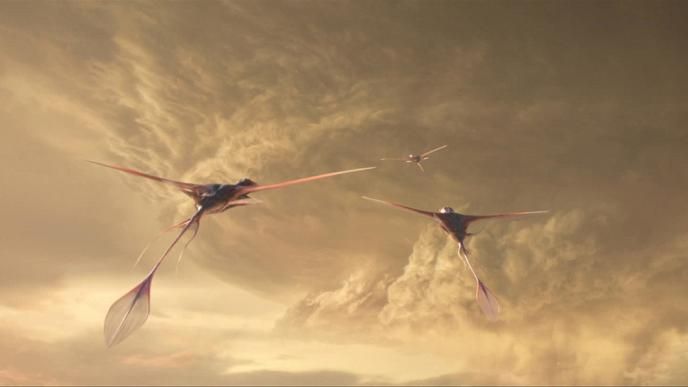
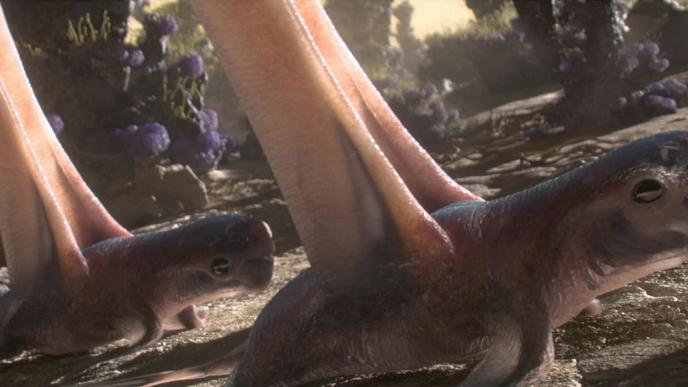
The team had to bear in mind the kind of atmosphere everything would be in, how strong the gravity is, what kind of food sources the animals have, their seasonality, the terrain they inhabit. All to make sure what they were designing was realistic with regards to the alien worlds that would ultimately be seen on screen.
Concept Designer Nikola Yordanov then worked to create a range of concepts and variations for each element, always keeping in mind the science and story until a final design was selected. ‘Each creature was designed to be really unique while constantly referencing existing creatures and their evolutionary tactics,’ commented Nikola. ‘We were constantly consulting the scientists we were working with, who provided really helpful feedback and real world examples to contextualise what we were needing to get across.’
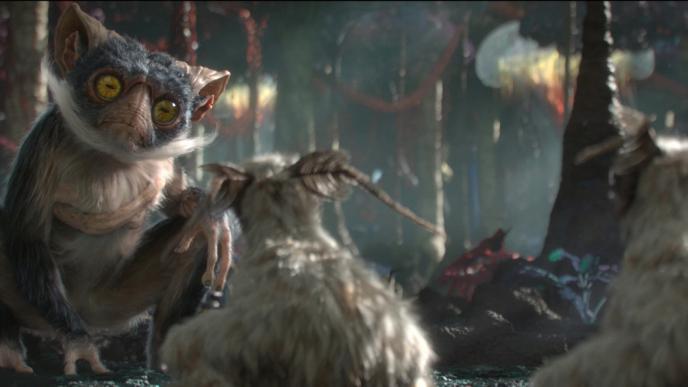
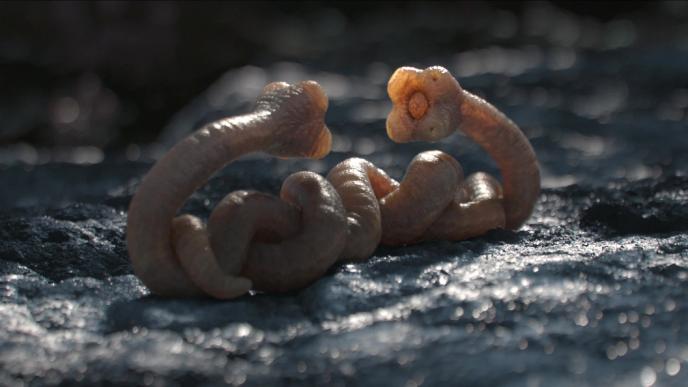
While some plate photography was initially captured with more planned, the team quickly realised that turning actual filming locations into an alien world would be much more time consuming than just fabricating them from scratch. So like any animated project, the team blocked out action and previsualised all of the work before starting building out the fully-rendered CG environments.
‘Approaching this as a nature documentary made for a very particular way of doing things,’ explained VFX Producer Sebastian Read. ‘In a drama or an action show, the VFX is aiming for a very particular result; replacing a green screen or compositing a super-powered effect into a frame. Here, we had complete freedom to block out action essentially how we wanted. So to achieve what we needed to, we would always be reminding ourselves that this was a nature programme, limiting ourselves to what could be done by real-life camera operators out in the field.’
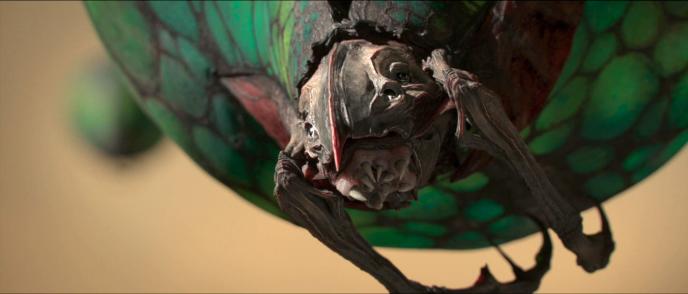
Once the sequences were defined by the previs, the team could start creating the predominantly-digital environments as well as all the flora and fauna that inhabits it; the delivery of which required the creation of new pipeline processes and new rigs, something that was led by VFX and CG supervisor Richard Thomas.
The end result is a full 30 minutes of fully-digital nature programming that depicts five different planets. The visuals are crammed full of intricately-detailed environments and creatures that not only look amazing but could legitimately live and thrive on the Alien Worlds. The show features a chase sequence between two mammal-like creatures, predatory scenes featuring insect-like creatures attacking some flying predators and even huge concrete-like structures created by organisms living inside glass pods who can control the world around them.
‘It was clear from the beginning that the level of creativity that would be required to bring this world to life would be both a big challenge and really exciting,’ said Beau Garcia. ‘The most challenging aspects of the project was simply just the huge scope of CG assets that we needed to create from scratch. Richard and Johannes did an amazing job of designing and implementing tools and workflows to help make this possible.’

